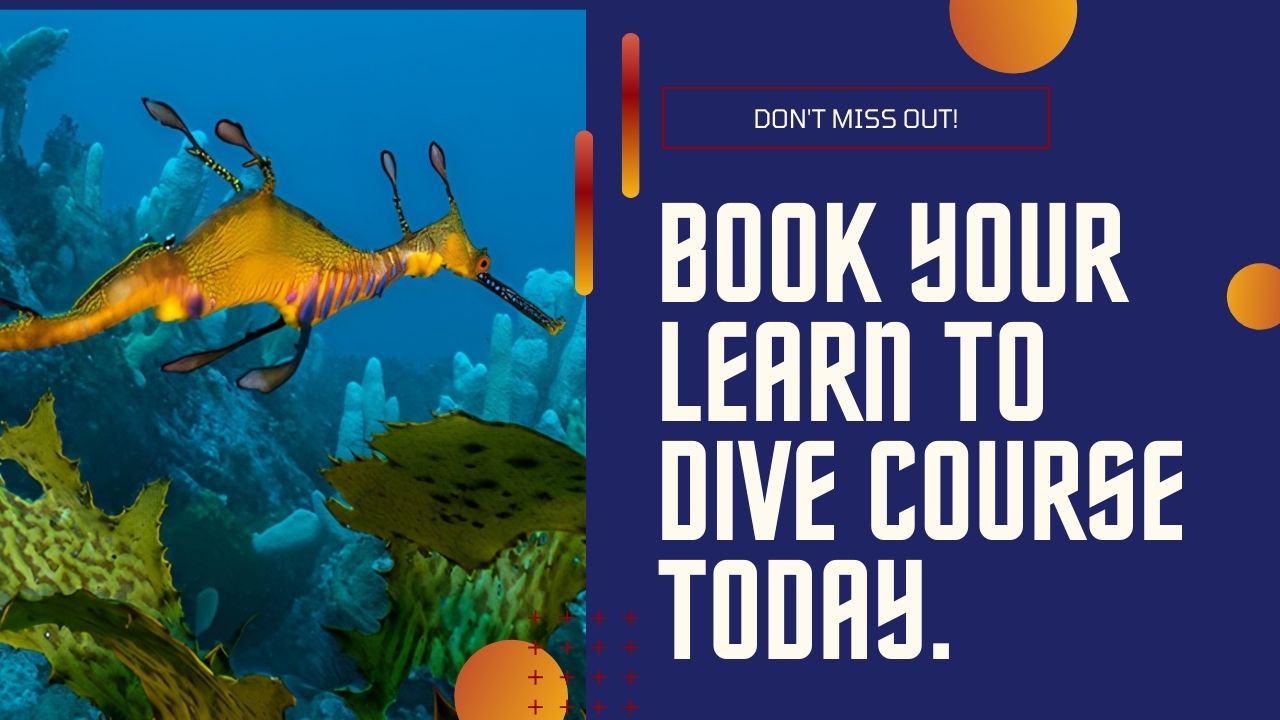You have 0 product(s) in your cart.
Abyss Scuba Diving
Explore Cape Solander: Scuba Diving, Whale Watching, And Coastal Walks
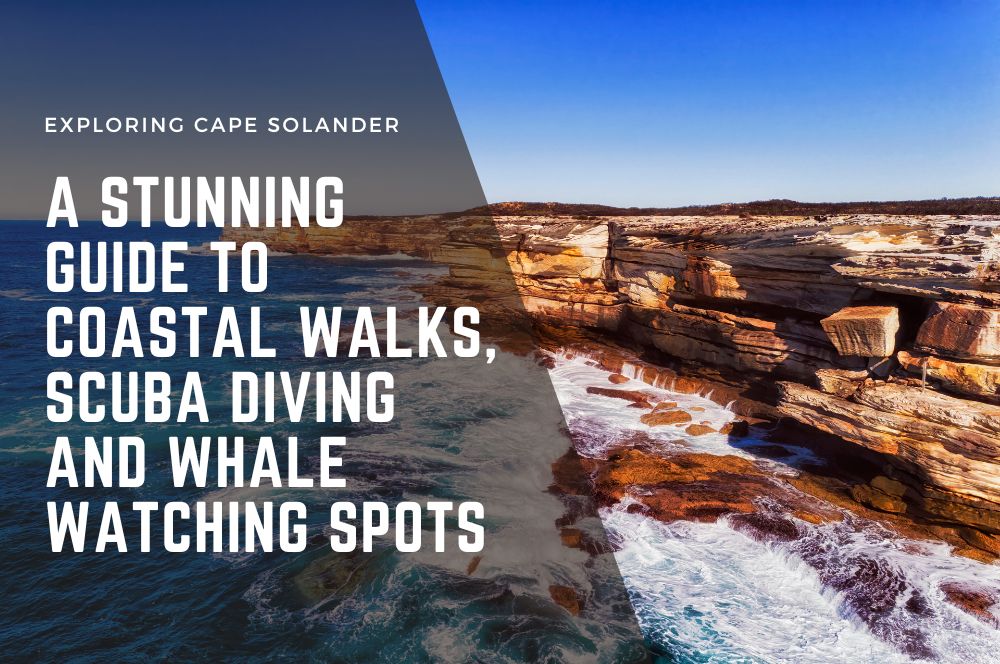
Exploring Cape Solander: A Stunning Guide to Coastal Walks, Scuba Diving and Whale Watching Spots
Cape Solander offers an exceptional blend of natural beauty, wildlife encounters, and historical depth. Visit between May to November for the whale watching season, take in the stunning coastal walks year-round, and dive into Cape Solander’s centuries-old tales. This article guides you through the must-see spots and provides indispensable tips for your visit.
Key Takeaways
-
Cape Solander is steeped in history, from the Dharawal People’s heritage to Captain James Cook’s landing and botanist Daniel Solander’s contributions to scientific discovery.
-
The scenic coastal walks along Muru and Yena Tracks offer stunning cliffside views, diverse landscapes, and whale watching opportunities, especially from May to November.
-
Conservation is key at Cape Solander, with park guidelines focusing on visitor safety and the preservation of natural and cultural heritage alongside practical visitor information for a fulfilling trip.
Cape Solander's Rich History
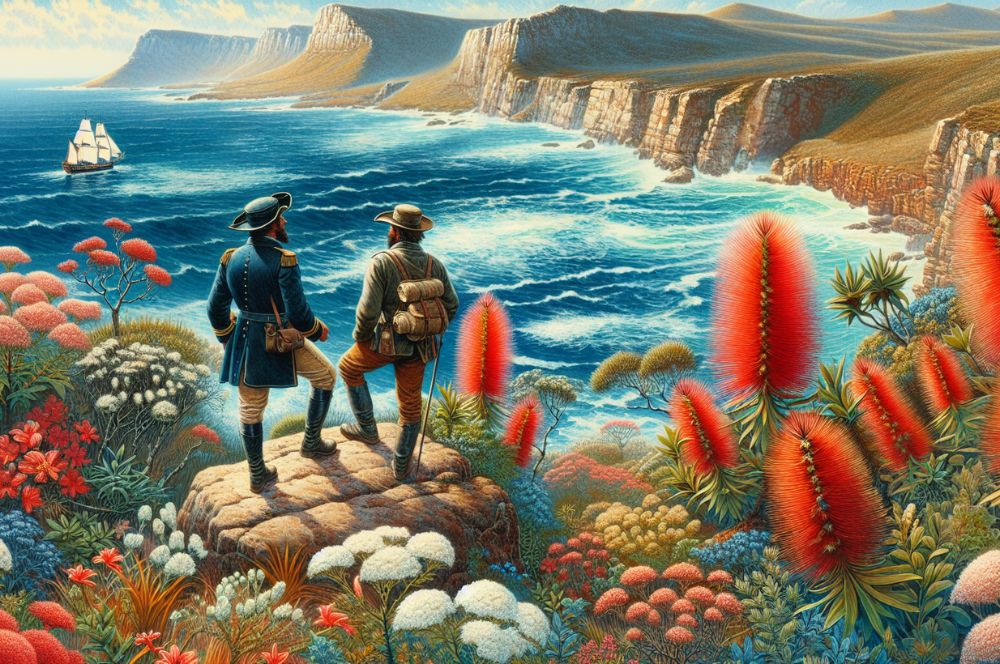
Cape Solander’s heritage is as captivating as its natural beauty, with the essence of “cape solander captured” in the rich tapestry of its history. This history unfolds with the tales of the traditional custodians, the daring voyages of explorers, and the botanical discoveries that shape our world today. Among the cape solander features, its historical significance stands out.
Dharawal People: Traditional Custodians
Long before European settlers arrived, the Dharawal People, the traditional custodians, had made the land that is now Cape Solander their home. They have a deep connection with the land, dating back to time immemorial. From the Meeting Place in Kurnell, the narratives of local Dharawal elders echo through the landscapes, providing insights into the cultural significance of the area.
The Burrawang Walk immerses visitors in a soundscape of Aboriginal language and music, a testament to the rich local aboriginal culture that reverberates through Cape Solander.
Captain James Cook and HMS Endeavour
In 1770, the sails of the HMS Endeavour pierced the horizon, led by Captain James Cook. This marked a pivotal moment in history, as this was the first encounter between the crew and Aboriginal Australians.
As they navigated past Cape Solander, an exploration of Australia’s eastern coast began, marking a pivotal turn in history.
Botanist Daniel Solander's Legacy
Botanist Daniel Solander, a key member of the Endeavour’s crew, left a legacy that still echoes through Cape Solander. His groundbreaking collection of Australian plant specimens led to the naming of Botany Bay. Today, his name endures through various namesakes, including Cape Solander itself and the Daniel Solander Library in Sydney, among others.
His discoveries and contributions to science remind us of the interconnectedness of all life.
Unforgettable Coastal Walks
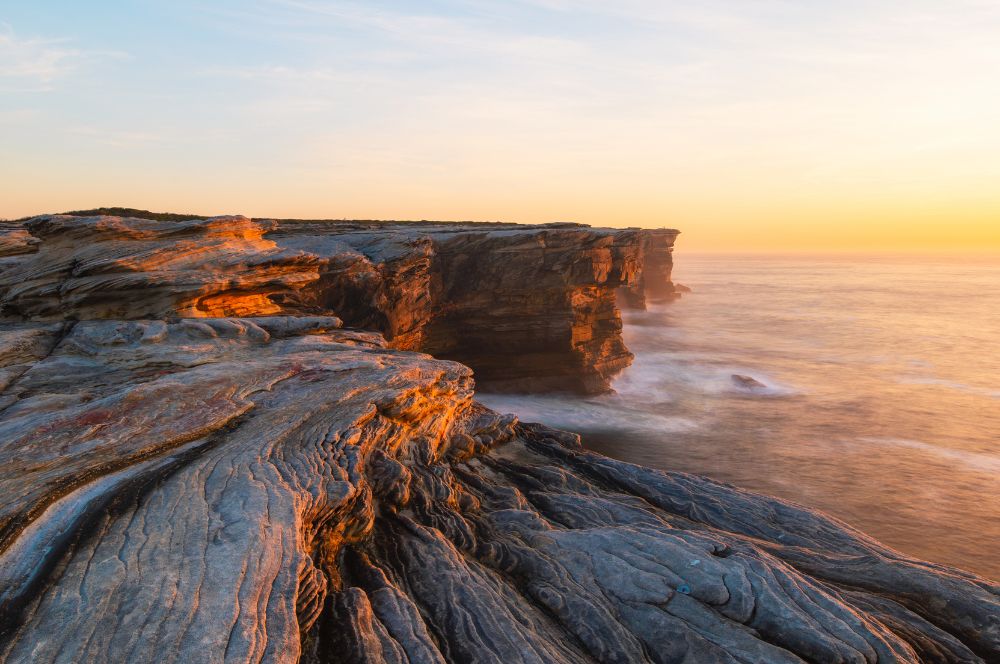
A coastal walk at Cape Solander is an unparalleled experience. As you meander along the walking trails, you’ll be greeted by stunning views of the cliff edges and the endless ocean.
Every step on the Muru and Yena Tracks offers dramatic coastal views, culminating in the scenic panorama at the Clifftop Yena Picnic Area - a journey that is an adventure in itself.
Muru and Yena Tracks: Scenic Routes
The Muru and Yena tracks take you on a picturesque journey along the coastline. Transitioning from dry eucalypt forest to sandstone heath and heathland dunes, these tracks offer a diverse landscape teeming with flora and fauna.
Whether you start your walk from the Cape Solander car park or the Polo Street entrance, the 4.0 km short loop walk trail offers a fulfilling and scenic hike along a flat path.
Clifftop Yena Picnic Area: Perfect Starting Point
Perched on a verdant clifftop, the Yena Picnic Area serves as an ideal launchpad for your coastal exploration. Here, you can enjoy a picnic while taking in the panoramic views of the sandstone coastline and enjoy dramatic coastal views.
Keep your eyes peeled for dolphins and seals frolicking in the waves below.
Dramatic Coastal Views and Panoramic Ocean Vistas
Each bend at Cape Solander unveils a view that takes your breath away. From the sandstone cliffs, you can enjoy panoramic ocean views and dramatic coastal scenes. The Cape Solander Lookout and viewing platform serve as perfect vantage points for birdwatching or simply gazing at the vastness of the ocean horizon.
For your safety, remember to stay on marked tracks, supervise children, and avoid walking close to cliff edges.
Whale Watching at Cape Solander
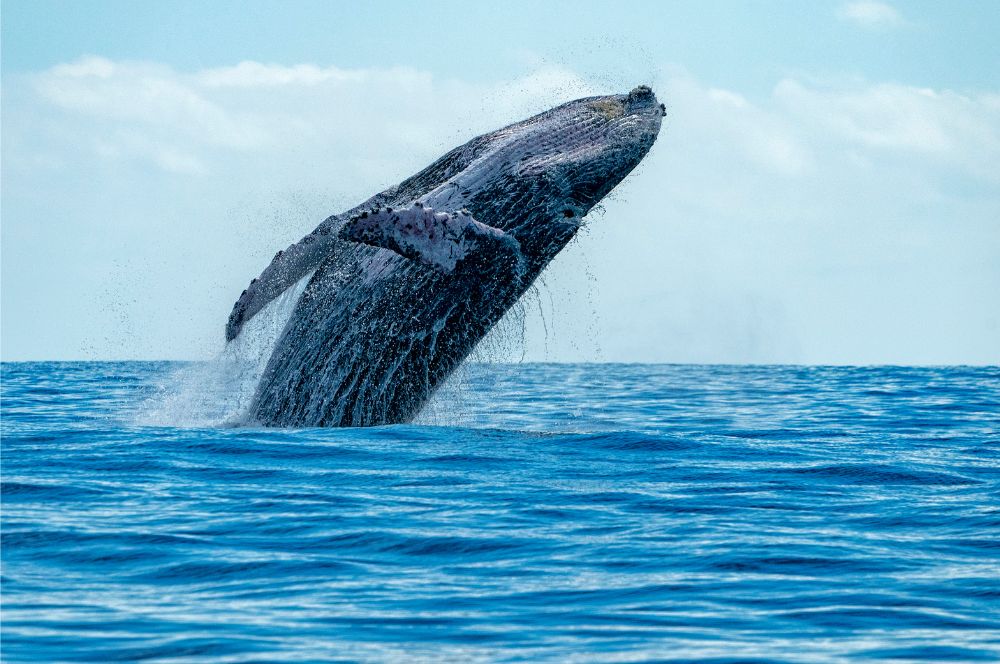
Undeniably, whale watching stands out as one of the most thrilling experiences on offer at Cape Solander. From the viewing platform, you can witness the awe-inspiring spectacle of migrating humpback whales in their natural habitat. Whether you’re an experienced whale watcher or a first-timer, the sight of these majestic creatures breaching the water’s surface is truly unforgettable.
Best Time for Whale Watching: May to November
Timing is everything when it comes to whale watching. The best time to visit Cape Solander is from May to November, with June and July being the peak months. During these months, the humpback whales migrate north for breeding, offering an unrivalled opportunity to see these magnificent creatures in their natural environment.
Whale Watching Platform: Perfect Vantage Point
Specially designed for optimal viewing, the whale watching platform at Cape Solander offers an unrivalled vantage point. With recent improvements, including expanded viewing areas, better pedestrian access, and new informative signage, it offers a remarkable whale watching experience.
Whales can sometimes be observed as close as 200 meters from the shore, giving spectators a close encounter with these majestic creatures.
Spotting Humpback Whales and Other Marine Life
While humpback whales are the star attractions, Cape Solander’s marine environment is home to a variety of species, including the occasional cape solander whale sighting, as well as:
-
Bull rays
-
Southern eagle rays
There is a wealth of marine life to discover.
So, keep your binoculars ready and your eyes on the horizon!
Cape Solander Dive Sites
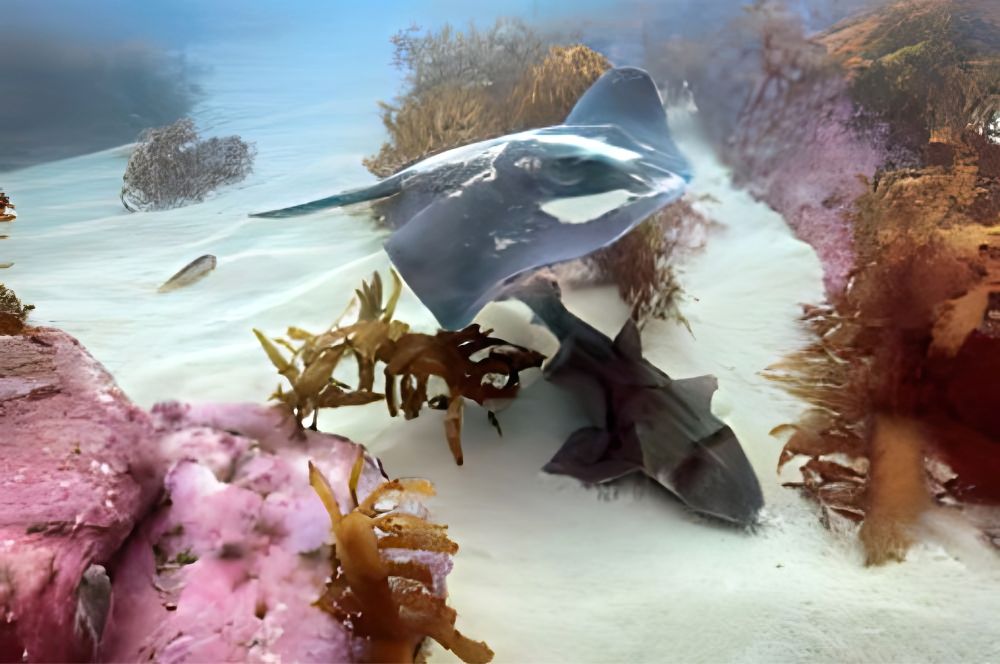
For underwater enthusiasts, Cape Solander proposes a diving experience that’s world-class. Its dive sites are renowned for their clear visibility, diverse marine life, and unique underwater landscape.
Whether you’re a seasoned diver or a newbie, diving at Cape Solander is an adventure you won’t want to miss.
Marine Creatures Encountered: Wobbegongs, Sharks, and More
At Cape Solander, divers get the opportunity to come face-to-face with a diverse array of marine life, including:
-
Bull rays
The underwater world here is teeming with life.
During the whale watching season, you might even get the chance to spot humpback whales from the Yena picnic area!
Depths and Entry/Exit Points
Cape Solander boasts two entry and exit points for divers, with a maximum depth of 24 meters. The diving route includes following the wall and exploring the impressive swim-throughs.
The bottom features a sandy environment with interspersed boulders, kelp, sponges, and sea squirts, providing excellent visibility and a rich underwater landscape for divers to explore.
Cape Baily Lighthouse
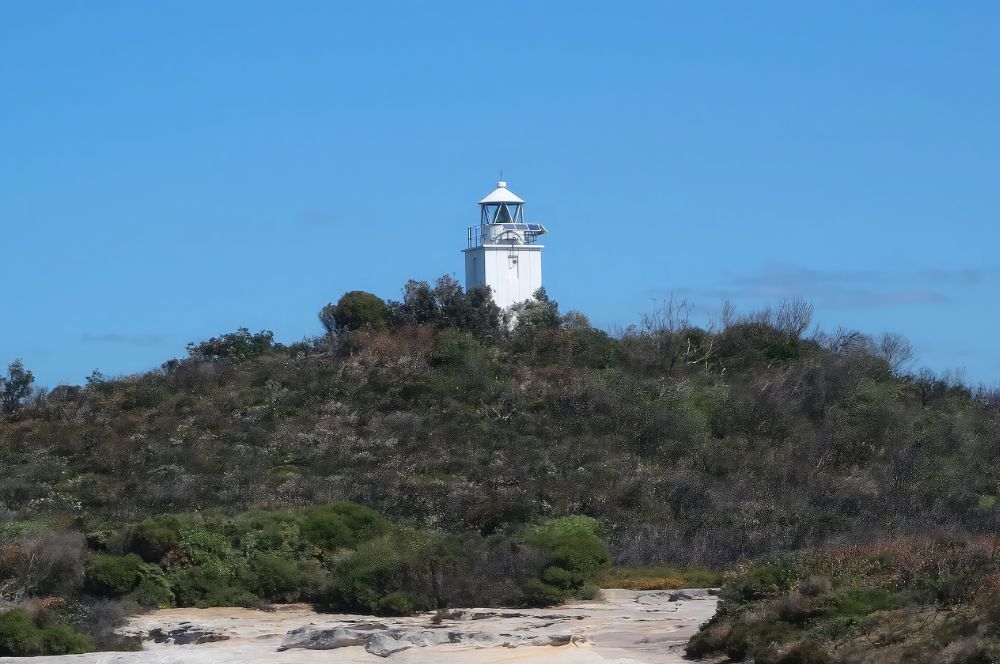
Situated along the Cape Baily track, you will find the Cape Baily Lighthouse. Constructed in 1950, this lighthouse serves as an important navigational aid for ships sailing closer to the coast. It’s a scenic and historically significant stop along the coastal walk, offering picturesque views enriched with maritime history.
Conservation Efforts
Preserving Cape Solander’s unique biodiversity and rich history holds paramount importance. The Kamay Botany Bay National Park management plan focuses on enhancing visitor experiences while ensuring the area’s protection.
Visitors can contribute to these efforts by adhering to park guidelines that promote safe and sustainable accessibility and preserve the area’s natural and cultural heritage.
Practical Information for Visitors
Here’s some practical information to assist with your planning before you embark on your adventure to Cape Solander. From parking and public transport options to the facilities at the Kurnell Visitor Centre, we’ve got you covered.
Parking and Public Transport
Getting to Cape Solander is effortless, be it by car or public transport. Parking is available at various locations, including the Cape Solander car park and the Kurnell Visitor Centre, where an $8 entry fee is charged. For those using public transport, the Illawarra Line Train and the 987 bus will get you there. Just remember to plan your trip using Transport NSW’s Trip Planner and it is about a 30 minute walk from where the bus drops you.
Kurnell Visitor Centre Facilities
Although the Kurnell Visitor Centre is currently closed for upgrades, staff are available to provide maps, history, and advice via email or phone, ensuring you have all the information you need for your visit. Despite the closure, the picnic area, cafe, and discovery centre remain open for visitors on their way to Cape Solander via the Muru and Yena Tracks.
Tips for a Safe and Enjoyable Visit
At Cape Solander, safety takes precedence. Divers need to exercise caution due to challenging exit conditions and potential environmental changes. In emergencies, call Triple Zero (000) and have the Emergency Plus app downloaded on your smartphones to assist with your location due to limited mobile phone reception in the park.
Adhering to these guidelines guarantees a visit that is safe and enjoyable.
Summary
From its rich history and breathtaking coastal walks to the thrilling whale watching experience and world-class diving sites, Cape Solander is truly a gem in Sydney’s Kamay Botany Bay National Park. Whether you’re a history buff, nature enthusiast, or thrill-seeker, Cape Solander offers an adventure that’s sure to leave you with unforgettable memories. So, what are you waiting for? Strap on your hiking boots, grab your binoculars, and get ready to explore the wonders of Cape Solander!
Frequently Asked Questions
What is Cape Solander?
Cape Solander is a popular destination in Sydney, offering rich history, scenic walks, whale watching, and diving sites. It is located in the Kamay Botany Bay National Park.
What is the best time for whale watching at Cape Solander?
The best time for whale watching at Cape Solander is from May to November, with the peak months being June and July. Happy spotting!
What marine creatures can I expect to see at Cape Solander?
At Cape Solander, you can expect to see a diverse range of marine creatures such as humpback whales, wobbegongs, bull rays, blue gropers, and giant cuttlefish. Happy exploring!
Are there any safety tips for visiting Cape Solander?
When visiting Cape Solander, make sure to stay on marked tracks, keep an eye on children, avoid cliff edges, and be cautious if you're diving due to challenging exit conditions. Safety first!
How can I reach Cape Solander?
To reach Cape Solander, you have two options for transportation. You can drive there with convenient parking available, or opt for public transport by taking the Illawarra Line Train and then the 987 bus. Although there isn't direct public transport to Cape Solander, you can take a train from Sydney to Cronulla Station and then catch a bus to Kurnell. From Kurnell, it's just a pleasant 30-minute walk to reach the scenic beauty of Cape Solander. Have a fantastic visit!
Recent Posts
